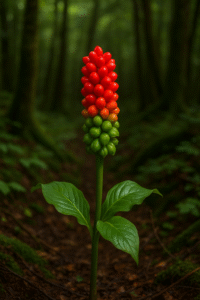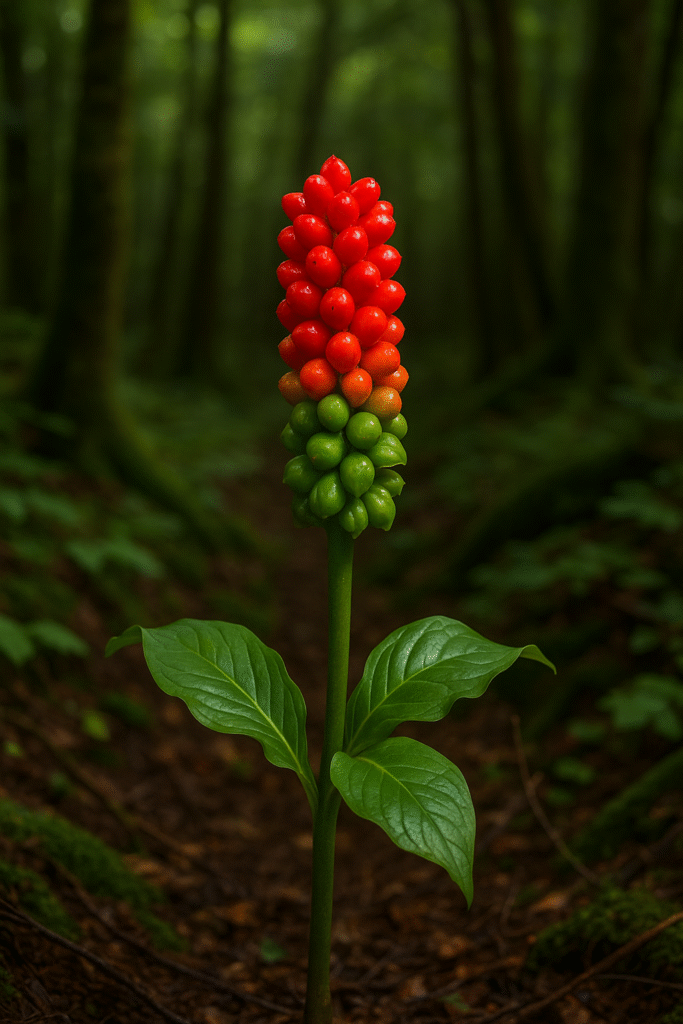Identifying poisonous plants is essential to protect people, pets, and even nature itself. Many dangerous plants blend seamlessly into the environment alongside harmless species, and this similarity often causes accidents. By learning to recognize common signs and traits of toxic plants, you can reduce risks and keep your surroundings safe.
In this guide, you will discover 10 characteristics that help you identify poisonous plants, and understand why each one deserves your attention.
1. Milky or Sticky Sap
Many poisonous plants have milky or sticky sap, visible when the stem or leaves are cut. This sap can contain irritant or toxic compounds that cause dermatitis, itching, blisters, and, in severe cases, poisoning if ingested.
Examples:
-
Oleander (Nerium oleander)
-
Pencil tree (Euphorbia tirucalli)
Safety tip: Avoid touching the sap with bare hands and never bring leaves or stems to your mouth.
2. Strong or Unpleasant Odor
Some poisonous plants emit a strong, bitter, or unpleasant smell. This scent may be a natural defense to deter predators and can indicate the presence of toxins.
Examples:
-
Night-blooming jasmine (Cestrum nocturnum) — intense nighttime aroma.
-
Hemlock (Conium maculatum) — foul odor resembling rodent urine.
Note: Odor alone doesn’t confirm toxicity but is a warning sign when combined with other features.
3. Brightly Colored Fruits or Seeds
Small, shiny, and brightly colored fruits attract attention, especially from children and animals, but they may contain dangerous toxins.
Examples:
-
Oleander (seeds and pods).
-
Castor bean (Ricinus communis) — highly poisonous seeds.
Advice: Never eat fruits from unknown plants, no matter how appealing they look.
4. Unusual Leaf Shapes
Leaves with deep cuts, serrated edges, or very pointed tips can indicate that the plant has developed defense mechanisms. While not all such leaves are toxic, many poisonous species have distinctive shapes.
Examples:
-
Dumb cane (Dieffenbachia spp.) — large leaves with light patches.
-
Caladium (Caladium spp.) — colorful, triangular leaves.
5. Showy Flowers
Bright, eye-catching flowers can hide harmful substances. Their beauty may attract pollinators, but some species use toxins as protection against herbivores.
Examples:
-
Lily (Lilium spp.) — dangerous for cats.
-
Amaryllis (Hippeastrum spp.) — bulbs and leaves are toxic.
6. Spines or Stinging Hairs
Thorns, barbs, and fine hairs can inject toxins or cause skin irritation. Some plants release substances that cause immediate pain.
Examples:
-
Stinging nettle (Urtica dioica) — hairs release formic acid.
-
Crown of thorns (Euphorbia milii) — spines and toxic sap.
7. Quick Reactions After Contact
If touching the plant causes redness, itching, or burning on the skin, it may contain irritating substances. Some reactions appear within minutes, while others take hours.
Tip: If a reaction occurs, wash the area with soap and water immediately and avoid scratching.
8. Growth in Damp, Shady Areas
Poisonous plants like certain ferns and toxic mushrooms thrive in damp, shaded locations. These environments encourage fungi and bacteria growth, increasing the risk of poisoning.
Examples:
Some varieties of anthurium (Anthurium spp.) and peace lily (Spathiphyllum spp.).
9. Underground Bulbs
Many bulb plants (such as onions and daffodils) store toxins in their underground parts. Eating them can cause nausea, vomiting, and more serious complications.
Examples:
-
Daffodil (Narcissus spp.) — toxic bulb.
-
Amaryllis — poisonous bulb.
10. Known History of Toxicity
Lastly, one of the most effective ways to identify a dangerous plant is to know its reputation. Some species are widely recognized as poisonous, such as Oleander, Dumb cane, and Castor bean.
Tip: Use plant identification apps or trusted botanical guides to confirm the species before handling.
What to Do in Case of Contact or Ingestion
-
Do not induce vomiting without medical guidance.
-
Wash skin with running water and soap if contact occurs.
-
Seek medical attention immediately and, if possible, bring a sample of the plant for identification.
-
Keep children and pets away from suspicious plants.
Conclusion
Knowing how to identify poisonous plants is essential to prevent accidents. Observing features such as milky sap, strong odor, bright fruits, unusual leaves, showy flowers, spines, immediate reactions, habitat, bulbs, and toxicity history can save lives.
Before growing or handling any unknown plant, look for reliable information. Remember: beauty does not always mean safety.


